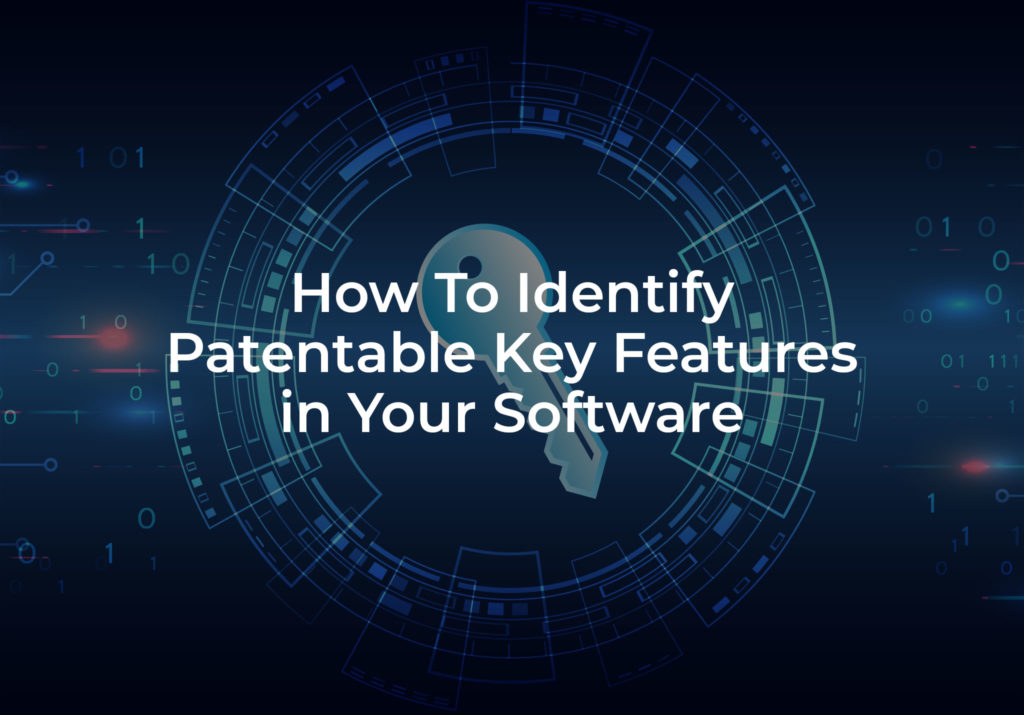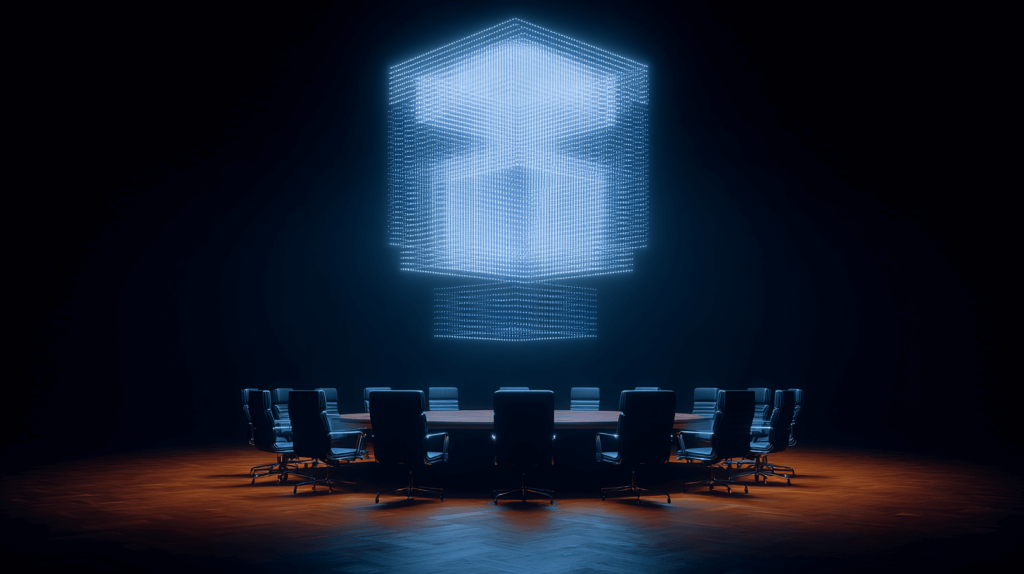When it comes to SaaS companies, which base their entire business on a subscription based software model, the possibility of someone stealing their proprietary software which differentiates their product from their competitors or duplicating its critical features in their next software update is not only demoralizing but kills scalability. That is why the investment in developing a strategic patent portfolio can be an invaluable asset to every SaaS company. Companies are quickly learning the value of filing software patent applications early on and understanding what key features in their software are patentable subject matter. With the increased number of software-related patent applications being filed each year, so too has the number of issued software-related patents at the United States Patent and Trademark Office (USPTO).
There is no question that the age of digital transformation is upon us with new patented innovations being introduced aimed at simplifying technology and allowing a non-technical user to access more complicated computing functionality through intuitive user interfaces. There are unprecedented levels of software automation development in artificial intelligence and machine learning that will quickly automate the tedious everyday chores and manual tasks that traditionally could only be accomplished by humans. According to the U.S. Bureau of Labor Statistics, the employment of software developers is expected to grow 21% from 2018 to 2028. Despite common software patent myths, 61.8% of patents issued in 2019 were “software-related.” This all-time high allowance rate is up by 21.6% from just the previous year.
If SaaS companies secure patent protection for their software, they are granted the right to:
- Exclude others from making or using their patented software;
- Sue any person or company that infringes on their patent;
- License the use of their patented software; and
- Sell and/or assign the patent rights to a third-party.
A great example of the importance of patents for business’ sake is in the acquisition of companies. When large companies acquire startups, they don’t just acquire their clients and monthly recurring revenue, they also gain their invaluable patent portfolio. There is no question of the benefit to a SaaS startup in developing and maintaining a robust patent portfolio, as this greatly increases its overall valuation. Even if you do not wish to sell your company in the future, protecting your software with a patent is to differentiate your platform from competitors and help you maintain a competitive advantage within your sector or vertical.
How To Identify Patentable Features in Your Software
Software features, commonly referred to as “computer-implemented processes,” may be patent-eligible if they are 1) unique, 2) tied to a machine, and 3) offer a type of identifiable improvement. It is not enough for the software to do something on a computer that is already known or automates a known human process.
To identify the patentable features in your software, you must analyze it from various perspectives. Although source code may not be patentable, it doesn’t automatically prohibit a software invention from receiving a patent when there is a proprietary process performed from the derived programming statements.
In determining whether a piece of software will be patentable, it helps to think about whether the invention offers a technical solution to a technical problem. In doing so, you may want to consider the following questions:
- What is unique about my software process?
- What is my software’s unique features or functionality?
- What is the inventive concept in my software?
- What is the user interface and experience like?
- What technical problem does my software solve?
What Parts of Your Software Are Not Patentable?
One of the more difficult aspects of determining the patentability of your software is to first determine what parts of it are or are not patentable subject matter. In the 2014 case of Alice v. CLS Bank, the Supreme Court introduced a two-part test for determining the patentability of a piece of software:
- Are the claims at issue directed to an abstract idea?
- Do the claims contain an inventive concept sufficient to transform the claimed abstract idea into a patent-eligible application?
If the focus of the patent application is directed toward a generic process such as data gathering, automation, or analysis and display, it will likely fail to meet the patent eligibility requirements and be rejected as “abstract” under 35 U.S.C. § 101. For example, automatically tabulating data entered by a user or converting a user’s spoken words into text by a computer, even if done using software, would be considered too generic. Without additional features, such generic automation would fail to recite an inventive concept.
Examples of abstract ideas include:
- Mathematical concepts such as formulas, equations, relationships, and calculations;
- Organizing human activity such as managing personal behavior, social activities, etc.;
- Fundamental economic practices, such as forecasting market trends, running a hedge fund, preparing tax returns, etc.; and
- Mental processes such as evaluations, judgment, and observations.
Examples of non-abstract features that may be eligible to receive a patent:
- Telemedicine and video conferencing security methods;
- Artificial Intelligence and Machine learning models;
- Fintech data storage techniques; and
- Cryptocurrency and bitcoin payment transactions.
If you want to avoid having your computer-implemented invention substantively rejected by the USPTO Examiner as being too “abstract” under 35 U.S.C. § 101, it is best to incorporate both the technical challenges others in the industry have encountered prior to your invention and the inventive technical improvements implemented by your software within your non-provisional patent application and claim set. Further, you may need to incorporate how the inventive technical functionality of your software has been narrowly tailored to provide a technical solution or improve on these existing technical deficiencies. The more specifically you can articulate the inventive concepts of your software and how your claimed software provides a technical solution to a technical problem, the better your chances of overcoming a 35 U.S.C. § 101 challenge. One tip when drafting your non-provisional patent application is to prepare a robust specification which includes any definition of terms that that may be used to ensure the broadest reasonable interpretation of your claims during substantive examination.
Can You Patent Your GUI?
The graphical user interface, or “GUI,” is what clients use to visually interact with your software. Your GUI can be very important because users often associate it with your software’s user experience. Many handheld tablets, smartphones, and mobile apps utilize GUIs on their home pages and dashboards to assist users in navigating the features of the software by manipulating the graphical icons to provide status updates, audio indicators of notifications, and text-based report generators. For many software and mobile apps, protecting the ornamental design of their GUIs can be an invaluable asset and define a software’s user experience.
You can obtain a design patent to protect the ornamental (non-functional) features of your GUI. A design patent protects the ornamental design of your GUI for a term of 15 years from the issue date. Design patents for GUIs are advantageous as compared to utility patent applications for several reasons including a faster prosecution time, higher allowance rates, and relatively inexpensive costs. This cost-effective strategy allows SaaS companies to protect a variety of GUIs for a fraction of the cost of a utility patent application.
Are There Alternatives to Software Patents?
Although patents are arguably the most important form of intellectual property protection for protecting your proprietary processes and method integrated into your SaaS product, not all software may be eligible for patent protection. For those SaaS companies who are unable to protect their software with a patent, there are other forms of intellectual property protection including:
1. Copyright Registration
Copyright protection for computer programs attaches to only “original works of authorship fixed in any tangible medium of expression to the extent that it incorporates authorship in the in the programmer’s expression of original ideas,” allowing developers and programmers to automatically own the copyright on the code for any program they author. Software copyrights are considered literary works under copyright law and prohibit not only the literal copying of the software code, but also the “nonliteral elements” such as the software programs organization, structure, sequence, and certain variations. For example, if your source code is re-written or converted into another computer language, this adapted version is considered a derivative work requiring the author to obtain a license before use.
Registering software with the U.S. Copyright Office provides owners with legal protections and the ability to collect statutory damages in an infringement suit if successful. With the inexpensive and expedited filing options available at the U.S. Copyright Office, every developer or programmer should seek copyright protection for their computer programs.
2. Trade Secrets
While trade secrets tend to protect some of the same aspects that patents do, they don’t require that you file an application or incur upfront filing fees and costs associated with patent and copyrights applications. A trade secret may extend to a wide array of software information and allow smaller companies to quickly innovate in the most infant stages of growth; however, the trade secrets require stringent requirements if you are to maintain and enforce them. The first step is understanding what the actual trade secret in your software is. Is your alleged trade secret covert enough to warrant trade secret protection or could it be found in the public domain? Have you created comprehensive trade secret policies incorporating confidentiality protocols amongst employees and other persons with access to the information? The most common way to lose any trade secret protection is to distribute the software to the public or open-source community without any confidentiality agreements.
3. Trademark Registration
Although registering a trademark with the USPTO does not protect your software’s features, functionality, design, or coding, it does protect the brand and reputation that you will develop. Consumers get to know a new product by its name, logo, or slogan, and as the product grows in popularity or reputation, consumers begin to associate these marks with the goodwill, quality, and value of the product itself. With software companies frequently existing within crowded fields filled with competitors, protecting your reputation, and ensuring consumers do not inadvertently associate a competitor’s lower quality products with your brand is essential to maintaining market dominance.
Owning the trademark rights in the names, logos, or slogans you are using with your software or embedded features will prevent others in the market from advertising or selling related product under a name or logo that is “confusingly similar” to your trademark. In doing so, you can help avoid situations where potential customers confuse your software with that of another company, by either associating their products with your superior reputation and inadvertently purchasing a third-party’s software or believing that the competitor’s software and their negative experience are attributable to your business. Should a competitor infringe upon your trademark rights, you may be able to take a variety of legal actions against them to stop the infringement; however, as trademarks require less interpretation and technical knowledge, many online platforms will be able to act independently upon receipt of a valid report of trademark infringement to take down listings for software applications advertised under infringing marks.
Moreover, while filing a trademark application is significantly less expensive than filing for a patent, these trademark protections can be maintained indefinitely so long as your trademark remains in use in commerce, and you renew the registration at the appropriate intervals.
Consult With an Experienced Software Patent Attorney
There is no doubt that the nuances of software patents can be complicated and understanding what can be protected may seem overwhelming. That is why consulting with a knowledgeable and experienced intellectual property (IP) attorney with extensive software patent experience can help you build a strategic patent property portfolio.
Our firm has worked with software companies around the world to protect their most valuable intellectual property assets. We encourage you to schedule a free consultation to better understand what aspects of your software may be protected or take our Intelligent IP quiz here to find out which form of intellectual property is best for your business.




